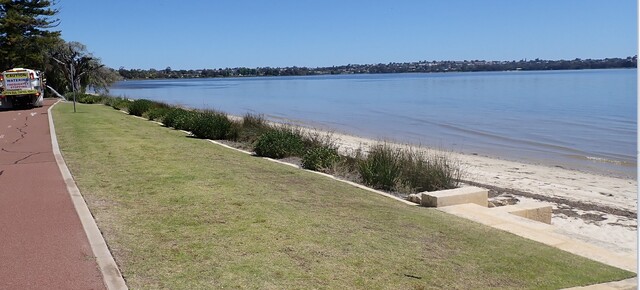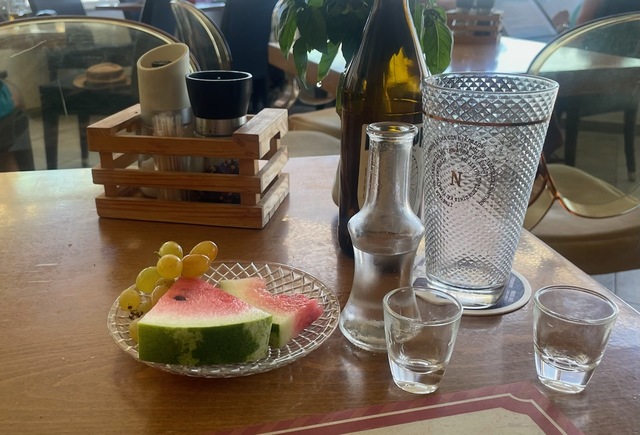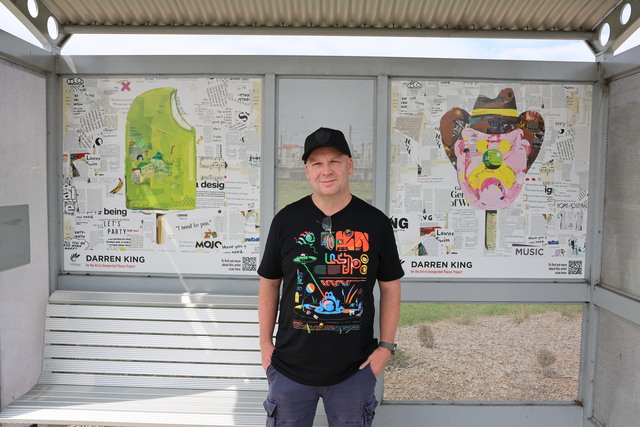The City of Canterbury has strengthened its focus on process improvement and established a Business Improvement program at the start of this year.
Business Improvement Project Manager, Lee Angell, said, “The City of Canterbury has been carefully managing its resources for many years, operating with very tight resources and as a result has cultivated small pockets of organic continuous improvement to survive, but this January we decided to establish a dedicated Business Improvement function for the first time.”
In the first eight months of the program, the City’s General Manager has engaged leaders in prioritising corporate processes, implemented software to map and share processes, mapped 70+ processes, generated hundreds of targeted improvement ideas, coordinated 15 process reviews, developed capability with over 20 process leaders and engaged over 70 employees in improving processes by cooperating across work areas.
Angell said, “We have a range of resources and tools available on our Business Improvement intranet site for our employees. We are also now actively benchmarking with other councils and have celebrated early adopters of process improvement with the presentation of Process Awards.
“Canterbury is very proud of our continuous improvement progress in such a short period.”
Angell said the City of Canterbury has relied on three things to make continuous improvement a key component of the organisation: understanding key drivers; helping people believe and communicating results.
The City has worked to understand the differing needs of its various customers – both internal, employees and leaders – Angell said.
“It is important to understand and respect what they each value and what their key drivers are. When you understand what motivates and matters to them you can talk their language and make it relevant to them.”
Selling the merits of the program has also been important.
“We continue to sell it and celebrate every little win and reward, and recognise progress with the General Manager visiting the “shop-floor” for afternoon tea and presenting simple little certificates with a pat on the back recognising effort that demonstrates our values of continuous improvement.
“To help people believe we have found it valuable to use small symbolic demonstration that something is different, something has changed.
“Over years of working in the same place, we have people who are frustrated with bashing their heads on brick walls and feeling not listened too.
“For example, when I started working with the depot facilitating problem solving with a group, I spent the first 10 minutes being told ‘this is a waste of time, we’ve done it all before and nothing changes”.
“I spent the next 10 minutes acknowledging the past, explaining the current commitment and asking for their trust to believe. The next two hours flew by and I had to call the end of the workshop three times.”
Communicating progress has also been a key priority.
“We have used all forms of communication to share and talk about Business Improvement, formal regular reporting, informal “Huddles”, social conversations in the kitchen, foyer and lift, newsletters, intranet.”
Angell said the focus now is to keep building on the improvements.
“We have only just begun our Business Improvement program but we have experienced so much interest and engagement from all levels of the organisation our next focus will be to continue to build capability and capacity to improve.”







